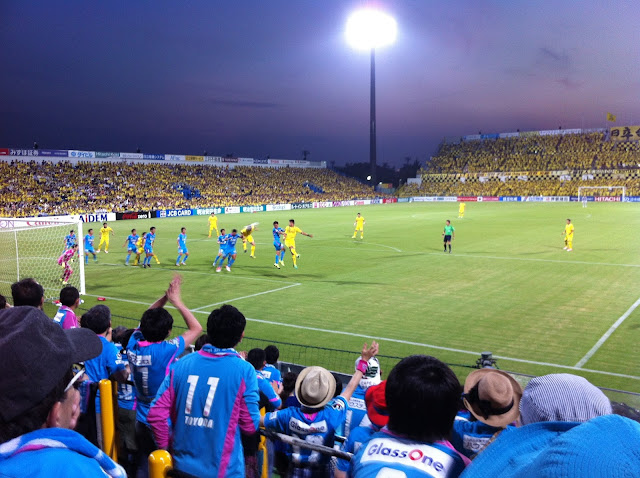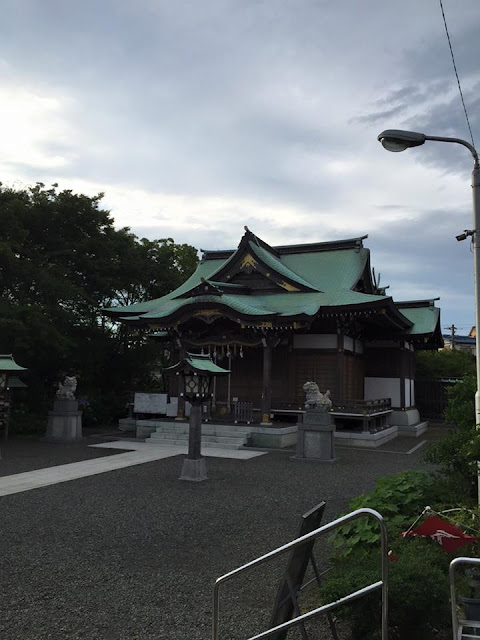Solo No Longer
7/24
That's right, for the last two weeks of my stay in Japan I was reunited with my better, but still legally separate vis-a-vis taxation and government services, half, Sabrina. She had big plans for visiting Tokyo, some of which we got around to and some of which we didn't. This post will be a collection of sub-posts chronicling our duosome adventures around the Tokyo area.
Kita-Kamakura
One might roll one's eyes at my posting three separate trips to Kamakura, especially considering that other places in Tokyo area get only a single post, if even that. One might, if one were small-minded and not very nice. The truth is, Kamakura is an entire city, with an especially rich cultural history. The once-capital of Japan is now a de facto suburb of Tokyo, but retains some of it past majesty in a spectacular assortment of shrines, temples and other historical sites that line the mountains around the city. One (no relation to the previously-mentioned, small-minded and not very nice One) may recall that in my first post I took the train straight down into Kamakura station, and then walked the tourist street north to Zeniarai-benten. In my second, I stayed in Nishi-Kamakura and explored the area west of Kamakura. This time, we took the train to Kita-Kamakura station to explore the northern part of the city. The point I'm trying to make is that I never really visited the same place twice, and that visitors to the city might consider renting a room for a night or two to do the entire city justice.
Engaku-ji
Sabrina and I visited three temples close to the station: Engaku-ji (円学寺), Meigetsu-in (明月院), and Jochi-ji (浄智寺). What I found particularly interesting was that each had its own personality. Maybe you get tired of reading about temples, but I never get tired of visiting them.
The temple also houses a massive cast-bronze bell dating to 1301 at the top of a very tall staircase that must have been much taller to whoever carried the bell up there.
Meigetsu-in
The name means 'bright moon,' and the temple is most famous for its hydrangea gardens. It was founded and patronized by the Uesugi clan during feudal and early modern times, and now houses a statue of Uesugi Shigefusa, once the founder of the Uesugi clan and now a national treasure. It's very different from the grandiose sprawl of Engaku-ji; Meigetsu-in is a tiny property, with only two buildings (not including the toilet) and a modest rock garden. The paths through the hydrangeas are pretty narrow, which I imagine must lead to crowding during June when the flowers bloom.
 |
| Sab on a bridge in Meigetsu-in. As you can see, the hydrangeas are no longer in season, which may explain why we are the only two visitors to the temple. (Also the temple is about to close.) |
Jochi-ji
We visited Jochi-ji ten minutes before they were scheduled to close, which was time for a brisk walk around the temple grounds and a couple of photographs.
 |
| Sabs again. |
There's still plenty to do in Kamakura—like visiting great Zen temples one, three, four and five—but that will have to wait for another trip. On our way out we stopped at a couple of cute fashion shops near the station, and ate some Japanese peaches that were marked down for very good reason.
This post will be absurdly long if I chronicle all of our duosome adventures, so stay tuned for the next installment.
This post will be absurdly long if I chronicle all of our duosome adventures, so stay tuned for the next installment.






































